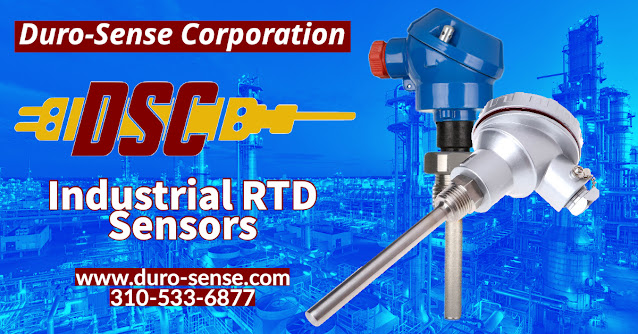Introduction: What is an RTD?
RTDs are sensors that measure the temperature of a material and provide an indication of its resistance to thermal changes.
An RTD is a sensor that measures the temperature of a material and provides an indication of its resistance to thermal changes. RTDs can be manufactured as either a wire or as a thin film on silicon.
The first RTD was developed in 1887 by German inventor Hermann von Helmholtz.
RTDs are typically used in industrial applications such as power plants, refineries, paper mills, and steel mills where they monitor temperatures of process fluids, gases, or equipment surfaces.
RTDs have also been used for years in home appliances like ovens and furnaces to control the temperature inside them.
What is a Typical Industrial Use of RTDs?
RTDs are used in industrial settings to measure the temperature of liquids and gases. This is done by measuring the resistance of a metal element which changes with temperature. RTDs have many applications in industry, such as controlling the temperature of devices, monitoring equipment, and testing for leaks.
Industrial use of RTDs can be found in a wide range of industries. For example, they are used to monitor the temperature of food processing plants and oil refineries. They are also used for quality control purposes in semiconductor manufacturing plants and petrochemical factories.
Other Industrial Uses of Resistance Temperature Detectors
Industrial use of RTDs is extremely common in the manufacturing industry. They are used in industrial processes to measure and control temperature, as well as to detect hot spots and cool spots.
RTDs are also used in many engineering applications such as process control, instrumentation, and automation for a variety of purposes.
Duro-Sense Corporation
310-533-6877
https://duro-sense.com
